BRICS+ vs G-7: Balance of Powers international
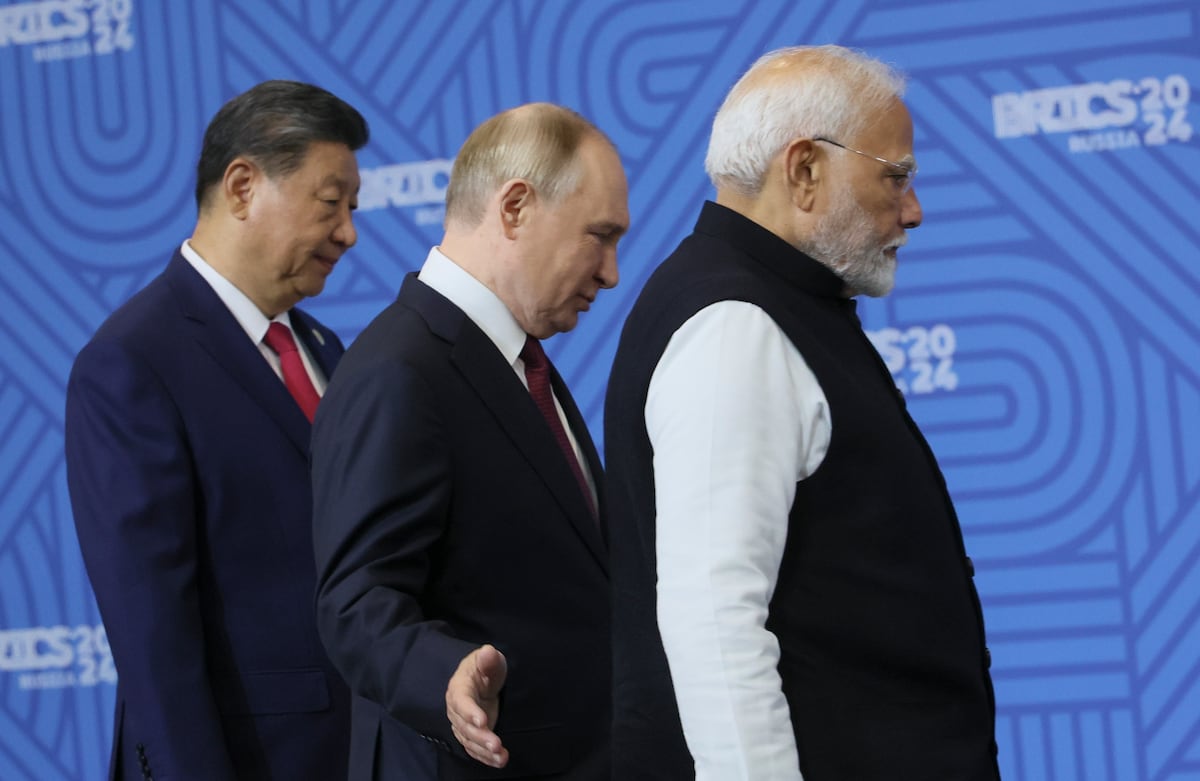
Leaders of the BRICS+ grouping are holding a summit in the Russian city of Kazan in the same week that the International Monetary Fund (IMF) and the World Bank (WB) are holding their annual conferences in Washington. Coincidence or not, this coincidence underlines the underlying tension between BRICS+ and the Western bloc that has shaped the post-war world order since World War II and that the Bretton Woods institutions epitomize. BRICS+ demands a new order, and that demand is essentially directed at the advanced Western economies grouped in the G-7. Given this scenario, it makes sense to ask what the relationship of forces is between the two groups.
The answer to that question is complex. Without a doubt, it is possible to X-ray economic or demographic data that show some measurements of the size of each group. The recent expansion of the group of emerging countries has added new members (Iran, Egypt, Ethiopia, United Arab Emirates) to the already established countries (Brazil, Russia, India, China and South Africa), increasing its weight. The G-7 has remained in the same periphery since Russia left in 2014 (the USA, Canada, Japan, Germany, the United Kingdom, France and Italy joined the Commission and the Council of the EU). This type of comparison provides interesting interpretive keys.
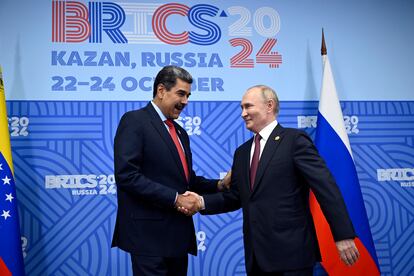
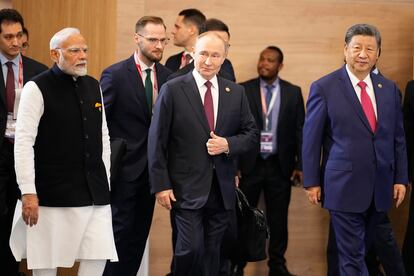
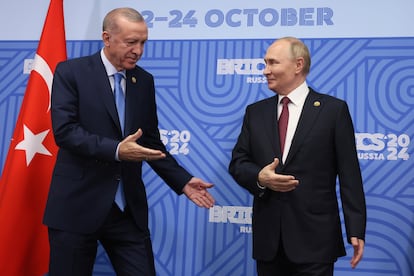
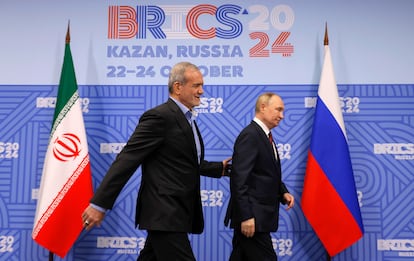
The combined GDP of BRICS+ is still lower than that of the G-7 – 26% compared to 43% for the world total – but it is higher when calculated with purchasing power parity – 35% compared to about 30% – , according to IMF data. The demographic superiority is clear – 43% of the world population compared to about 9% – and so is the availability of energy resources, especially if Saudi Arabia’s incorporation is formally confirmed.

In terms of trade, the G-7 remains the leader with exports of goods and services accounting for 31% of the world’s total, compared to 17% for rivals, according to WB data. Western dominance in the monetary sphere is also evident in several domains, such as the use of reserves or in international transactions.

However, while useful, these data and other similar ones are insufficient to assess the true weight of both groups. Political evaluation is necessary. In this key, the lack of internal cohesion in BRICS+ stands out strongly and significantly. This group is not an alliance and it is very doubtful whether it can be classified geopolitically as a faction.
The group has a common denominator, which is a criticism of the world order created by the West and which they believe is not representative of the current world. On that basis, its members have activated two mirror institutions to the IMF and WB: the New Development Bank and the Contingent Reserve Fund. But none of them have really taken off, and other initiatives that have been proposed over the years are in the larval state or don’t even exist. De-dollarization efforts have yielded modest results so far.
The political reality is that behind this criticism of the Western system there is a division: on the one hand, those who support positions opposed to Western powers such as China, Russia or Iran. On the other hand, those members who have no interest in that hostility and who opt for active non-alignment; This is the case of India, Brazil or South Africa.
A central element is the difficulty geopolitical scholarship has in moving from criticism to action. But group heterogeneity is great in other concepts as well. Some members are democracies – generally non-aligned; Others, dictatorships—generally anti-West, and by extension the majority. Some have modern economies with manufacturing capabilities; Others, backward or simply extractive. In addition, there are serious internal rivalries between members, such as between Egypt and Ethiopia, Iran and Saudi Arabia, or China and India. Although the last two cases have shown signs of thawing, underlying geopolitical tensions remain.
For all these reasons, the rejection of the current order is a powerful collagen that keeps the group alive and gives it momentum, although the implementation of policies that would create a true alternative seems impossible.
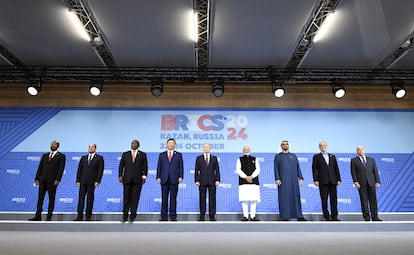
political differences
The G-7 has similar characteristics to BRICS+, such as lack of formal nature, one hegemon – in one case the US; China on the other hand – and it was born as a forum dedicated to matters of an economic nature. Politically, the G-7 shows significant differences in relation to each other.
The first is that, although it is an informal group in itself, it is based on a solidly structured underlying framework of formal relationships. Six of the seven members are part of NATO. Which does not do so, Japan has a bilateral defense treaty with the United States, the leader of NATO. Three are also members of the European Union, which, with their presence in the group of Community institutions, offers – although without guarantees – the ability to defer to the decisions of another structured and empowered entity. Moreover, the G-7 has a greater capacity to influence institutions like the IMF or the WB, which are far more integrated than their BRICS+ alternatives. Therefore, the structural reality associated with the G-7 is a framework that allows for multiple and realistic options for action.
Furthermore, there has been a situational reality during Joe Biden’s presidency in the United States that has provided considerable political cohesion to the G-7. Particularly in the last two years, the group has moved beyond its traditional area of political-economic approach to address other issues that have geopolitical, technological or strategic value. In this way, it has tried to emerge as a driving force in defining the situation in the Western world. Particularly with regard to the war in Ukraine, the group has maintained clear solidarity and initiated concrete actions, such as the coordinated delivery of $50 billion to Kiev, taking advantage of the interests generated by Russia’s withheld funds. The initiative has faced hurdles, but is on its way to fruition.
However, this current reality could be broken in the event of Donald Trump’s victory in the US elections on November 5. It is more likely that the return of this stalwart to the White House has mobilized the group’s cohesiveness characteristics and widened existing gaps that the G-7 has traditionally sought to bridge or overcome.
There are serious internal disagreements between European partners and the Biden administration over how to handle protectionism or the rise of China. Despite this, everything over these four years has flowed within a creative framework. This could change and open a divide within the G-7, which isolates BRICS+ and makes the creation of normal and truly transformative projects impossible.